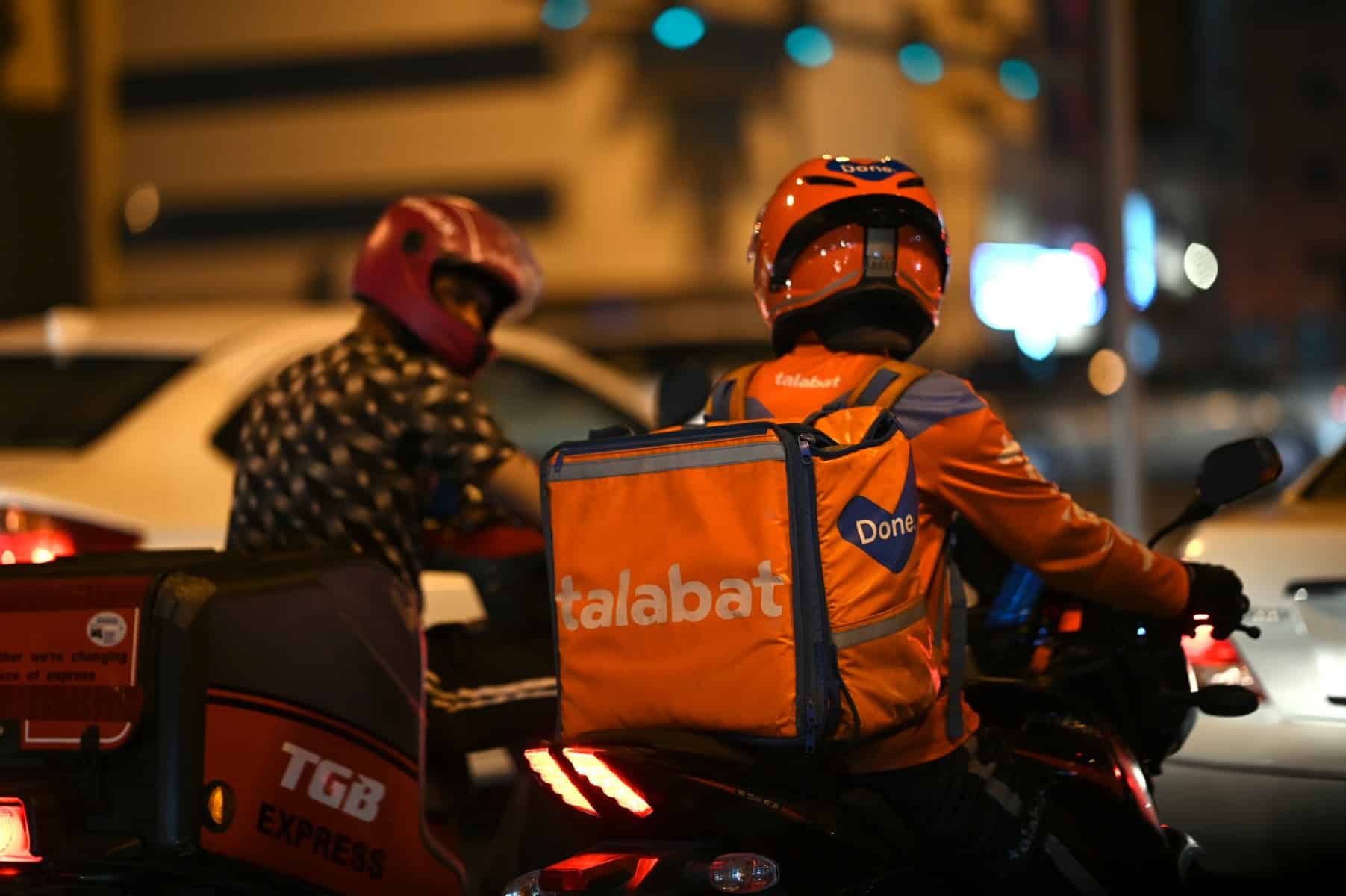Economists, policymakers, businesses and the public view inflation as a significant concern in the current economic climate. Increased energy costs and the continuation of some supply chain disruptions caused by the epidemic would be a considerable burden for the Gulf countries, which rely significantly on imports.
The GCC states have not been immune to this worldwide trend, but the picture in the region is nuanced and varies significantly between countries.
According to a report by PwC, in December 2021, inflation rates varied widely, from a high of 6.5 percent in Qatar (the highest level observed since 2008) to a low of -0.4 percent in Bahrain.
Regionally, the average was 2.2 percent in November 2021 for Oman and Kuwait, as measured by non-oil GDP in 2020. That’s the highest annual rate since 2018 but still much below the GCC’s inflationary peak of 11 percent in 2008.
Yet, inflation is not pressing on the consumer’s activity, in which delivery and takeaway are increasing.
Delivery and takeaway
Deliverect, a global scale-up that simplifies digital orders for more than 27,000 locations across 40 markets, found that despite the recent increase in the cost of living, more people prefer their meals delivered or picked up from a restaurant.
A report published by Deliverect commissioned Censuswide to conduct the survey found that 57.34 percent of consumers now buy three or more weekly takeaways, up from 49 percent before the price hike.
While consumers are giving more consideration to their purchases, the data shows that they are also less inclined to spend money on non-essentials like clothes (44 percent), going out to eat (47 percent), and vacationing (43 percent).
Quality and fast delivery
According to Deliverect’s survey, people are becoming more conscious of their spending habits, and as a result, they are prioritizing the quality of food and ingredients over price. Over two-thirds of diners (69 percent) rank the quality of the restaurant’s ingredients second only to the dish’s taste when allocating their limited dining budget.
Nearly 60 percent of respondents feel that ratings and evaluations from other diners are more relevant than ever when deciding where to eat out. For most restaurants, the food quality (52 percent) makes them want to return to a particular eatery. It has been found that 27 percent of consumers are more likely to choose a restaurant for delivery or takeout if it has a wide selection of tasty options on the menu.
Fast, streamlined shipping is another crucial factor for clients. Food delivered quickly (41 percent) and at the right temperature (31 percent) increases the likelihood that customers will order from that restaurant again. Additionally, 32 percent of diners will prefer one restaurant over another because of faster delivery, and 25 percent will pick a restaurant because of its proximity or convenience. One survey found that 38 percent of customers consider the average wait time for an order to arrive to be between 21 and 30 minutes.
UAE and Saudi Arabia
More than half (60 percent) of UAE residents believe that using an app like Deliveroo, Talabat, Careem, or Zomato is the most reliable method of ordering meals from a restaurant.
At the same time, only 27 percent prefer placing their orders directly with the eatery. In addition, just over 10 percent of respondents indicated they only trusted picking up a takeaway now from a restaurant.
Meanwhile, 44 percent of people in Saudi Arabia find ordering directly from restaurants the most reliable, with 30 percent preferring ordering food from restaurants via apps such as Jahez and HungerStation. While almost 20 percent of those surveyed said picking up a takeaway directly from the restaurant was their preferred option.

